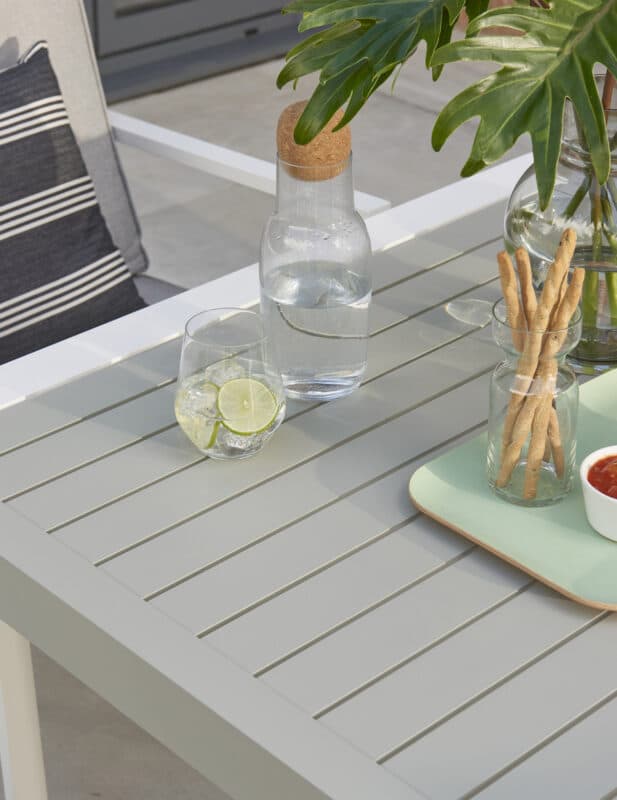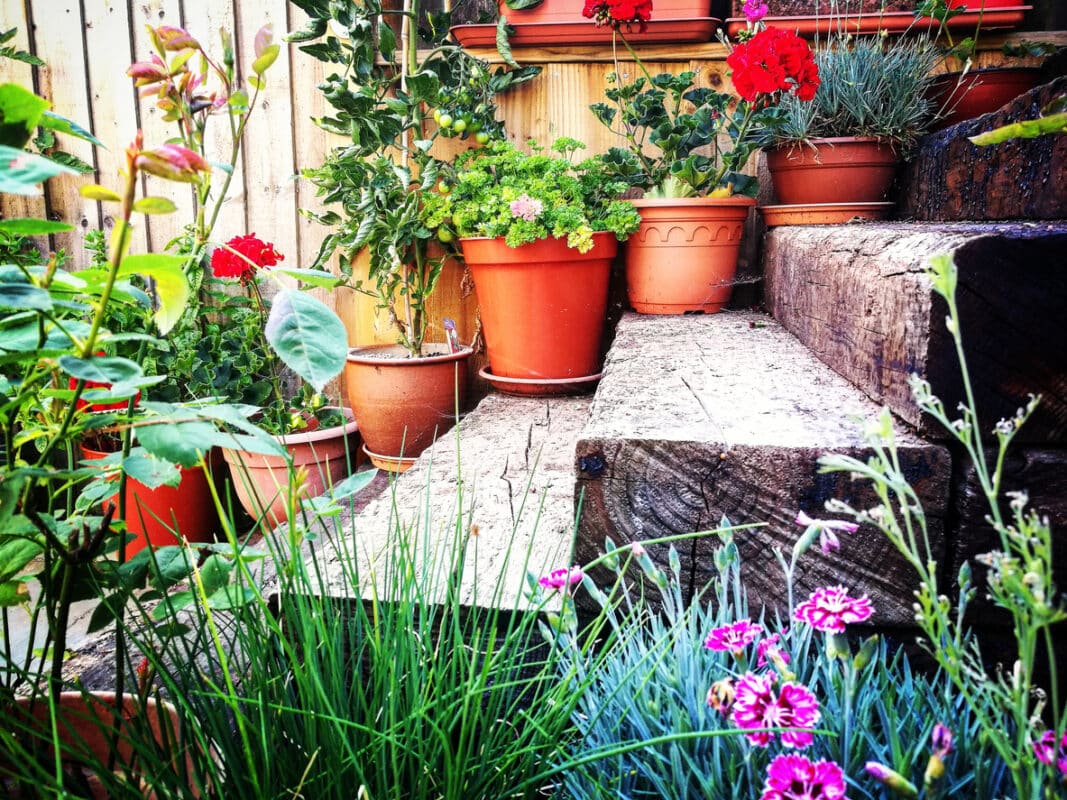Garden Leisure
Make your own garden planters
If you’re rolling in it, you’re fine. You can afford to splash out hundreds, even thousands, on beautiful purpose built garden planters for your alfresco entertainment space. Just one large and dramatic glazed ceramic planter can costs a fortune. Something as simple as an over-sized terracotta plant pot is expensive. Plastic versions can look fabulous, lightweight as well as looking exactly like pottery or stone, but they’re not cheap either. When you want to make a display that knocks your socks off evey time you see it, you need multiple planters to stand in groups.
Luckily when you’re on a budget, like most of us, there’s another way to create a stunning planter-led garden. It’s all about using your imagination, keeping your eyes open, re-purposing, and recycling. The results can be funky and fun, classic and sophisticated, and everything in between. Best of all, you don’t need serious DIY skills. Just common sense, the right tools, and the right materials.
If you’re hunting for hot creative tips to make your own garden planters, read on for inspiration.
The low cost way to make your own garden planters
What can you use to make garden planters? Once you start mulling things over, you realise the potential is actually pretty exciting. Here are some bright ideas. Just remember to drill holes in the bottom when necessary:
- There’s an old water butt behind your shed…
- How about that old zinc water tank you’ve had taken out of the roof space? Don’t dump it – plant it
- Have you swapped old oil heating for electric? The heavy duty plastic oil storage tank, cut in half, makes two enormous and very sturdy planters suitable for large specimens and brilliant flower displays
- A section of old concrete piping – from large to small, often seen abandoned around farms and overgrown in fields
- Old barrels
- Old plastic and metal household bins – or, for a whopper – one of those massive cylindrical aluminium wheelie bins if you can get hold of one. Perfect for an olive tree
- Colourful plastic buckets
- Old clay chimney pots
- Sturdy wooden boxes and crates, pre-lined with butile, pond liner, or another waterproof material for a longer life
- An old copper domestic immersion tank, either cut in half longways into two shallow troughs or with the top cut off to make a tall, slim copper planter
- Dig a circle of holes close to one another. Grab a load of sturdy fallen branches or sections of old wood. Fix the wood into the holes with sand and cement for a beautiful circular wooden planter of any height or width
- Stack old segments of paving stones on top of each other – or flat natural stones – to create a planter of any shape or size, in much the same way you’d make a garden wall
- That piece of thick waste plastic from your garage is ever so bendy… can you bend it into a circle, staple it, and bury it 20cm into the ground to use as a planter?
- Old hiking boots, wellies, even waterproof hats make great little planters for hardy annual flowers like nasturtiums, which grow almost anywhere in almost anything to provide cascades of flowers for months on end. Groups of three or five look lovely together, or stand them up the edge of the garden steps
- Used car tyres, whether stacked or single, painted or plain, make excellent planters
- Fill aluminium food cans with cement then stack them any way you like to build a shiny, ribbed metal planter
- Use old slate roof tiles to create low circular, rectangular or any other shape of planter
- If you’re over-run with thick woven or plastic ‘bags for life’, use them as planters. They’re more or less indestructible
Easy ways to make DIY planters look stylish and cool
So you’ve made some garden planters. But they don’t look that good. It’s time to pimp them up!
This is where spit, polish and paint finishes come in. A lovely old zinc water tank, in that soft metallic grey, looks perfect on its own. Old metal buckets look pretty cool. Some plastic planters won’t need painting or decorating, just cleaning. Others need attention.
The trick is in the paint. Ask your local Dulux decorator centre or DIY store people for advice about which paint to use on what surfaces. Metal paint is easy to find in every imaginable colour. Masonry paint comes in the same colour range as domestic paints, with hundreds to choose from. You can easily paint wood. You might want to varnish your final finish in matt or shiny for a smart finishing touch, or decide to leave it to develop a unique patina.
Decor-wise you can buy a huge variety of rubber stamps and stencils. Good quality acrylic paints stick well to plastic, even better when over-varnished. If it’s tatty metal you can use wire wool to make it gleam. Sanding down wood gives it an entirely different look to raw wood. And Google is your best friend, the place to search for ideas about materials, finishes, and decor.




